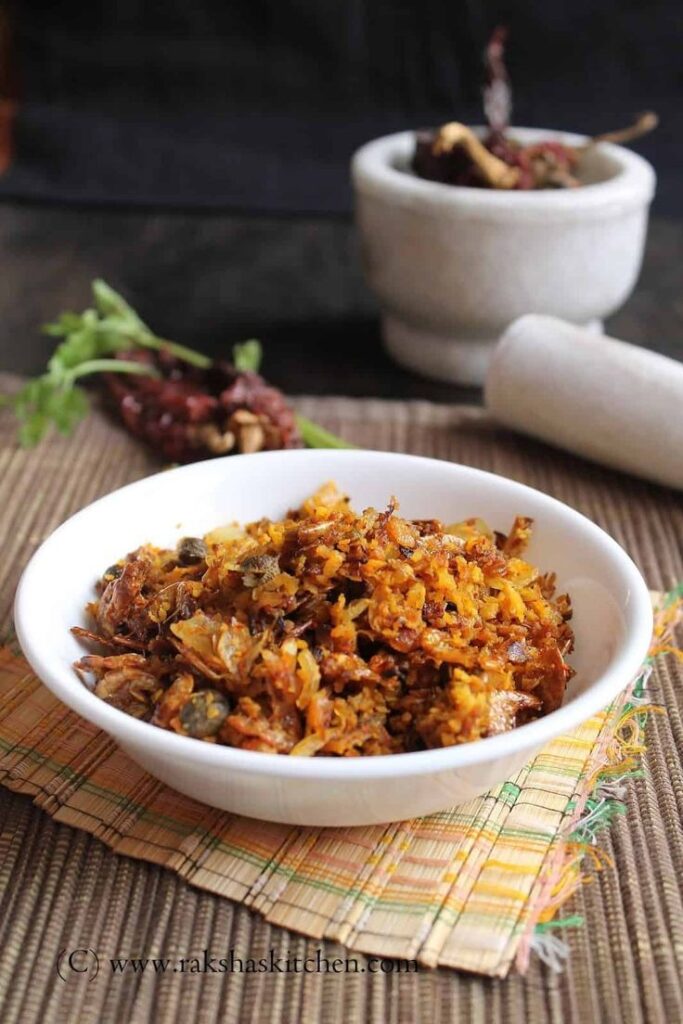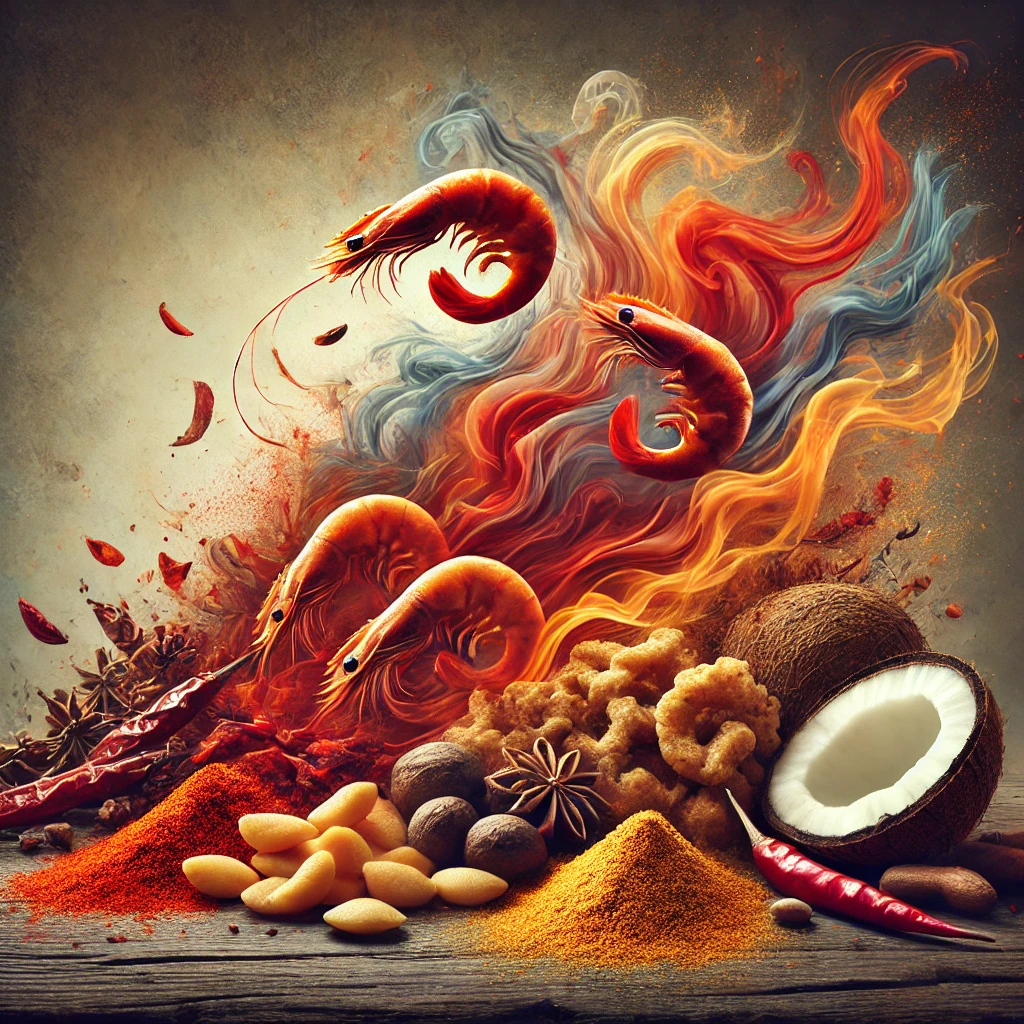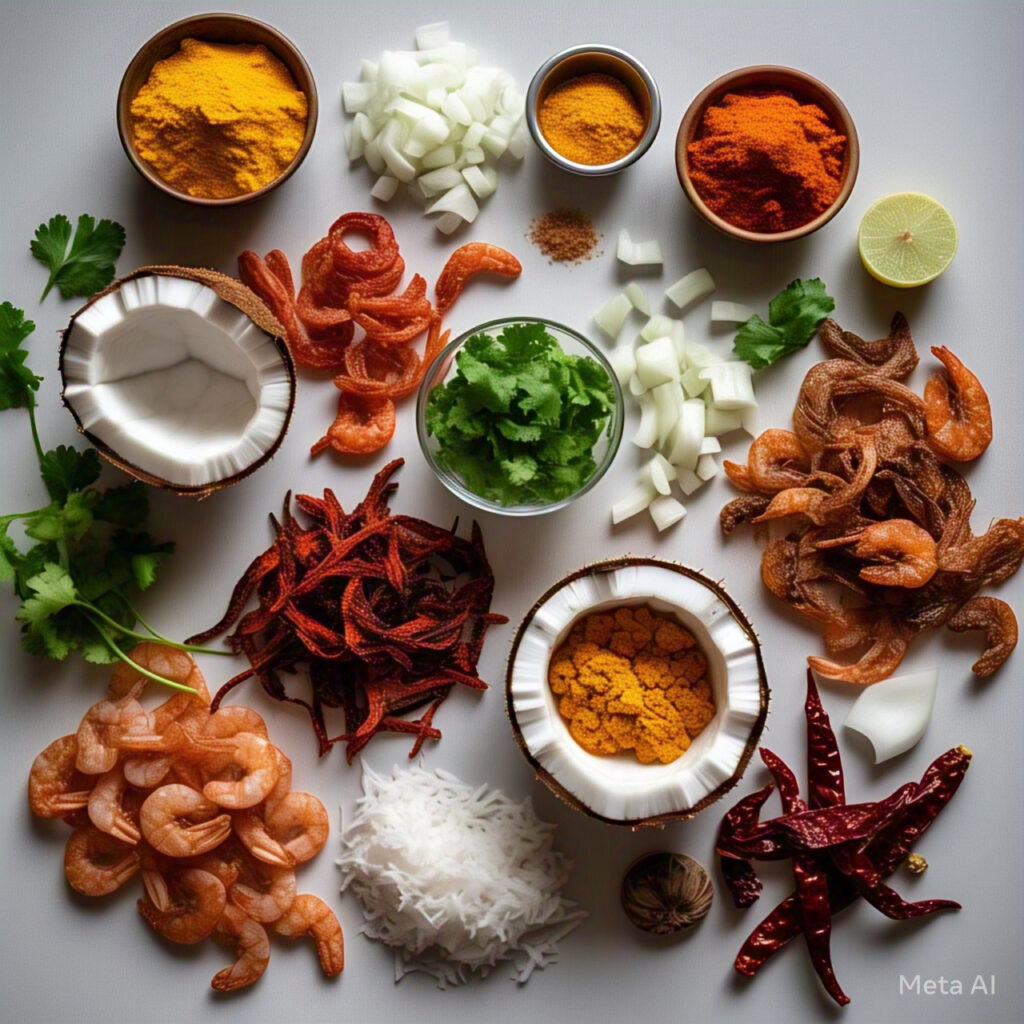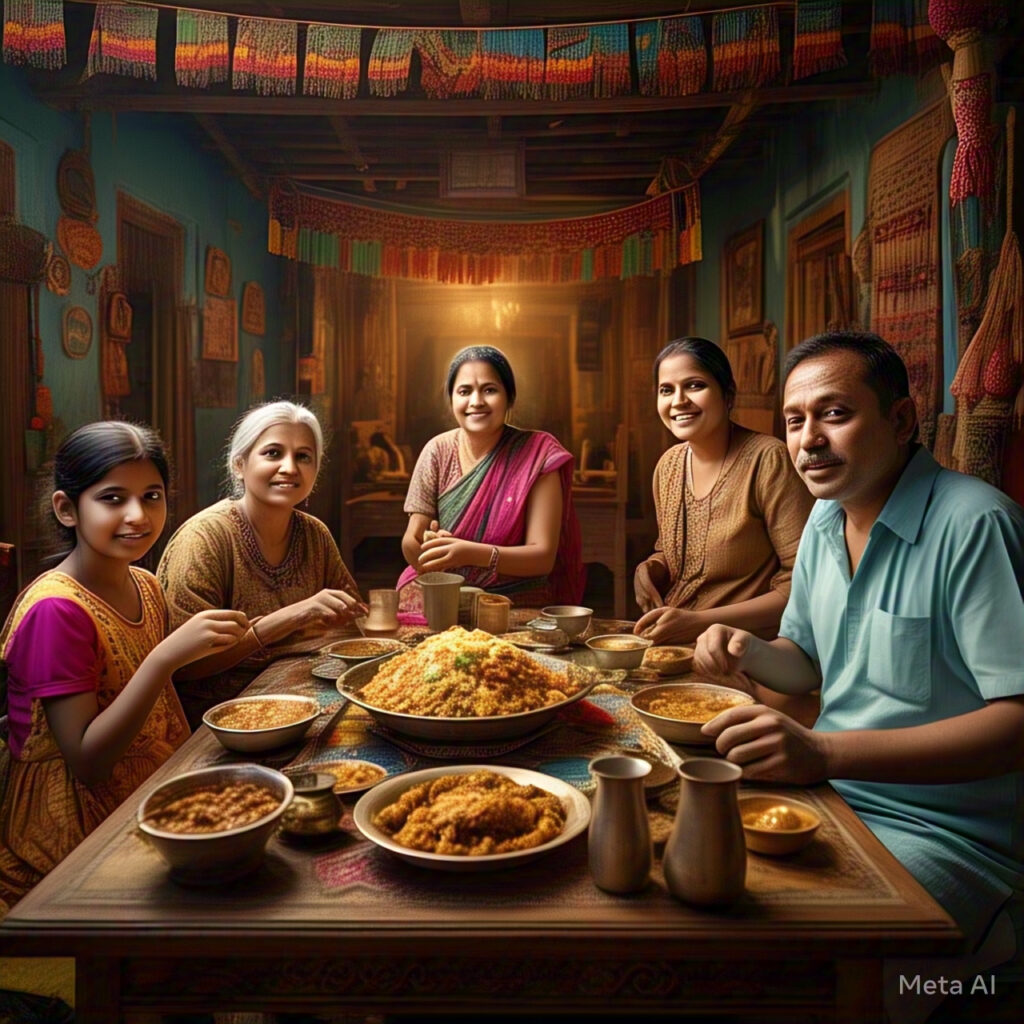Kismoor is a traditional Goan dry coconut-based dish, often prepared with dried fish or prawns, though vegetarian versions using mushrooms or lentils are also popular. This flavorful dish is a staple in Goan households, known for its crispy texture and bold blend of coconut, onions, spices, and tamarind. It is typically served as a side dish, adding a crunchy and umami-rich contrast to a Goan meal. With its roots in Goan coastal cuisine, Kismoor showcases the region’s love for simple yet deeply satisfying flavors, making it a must-try for those looking to experience authentic Goan food.

History
Kismoor has deep roots in Goan cuisine, originating from the region’s reliance on dried seafood due to its long coastline and traditional preservation techniques. Historically, Goan families, especially those living in fishing villages, dried fish and prawns to ensure a steady food supply during the monsoon season when fishing was difficult. This led to the creation of dishes like Kismoor, which made use of these preserved ingredients in a flavorful yet simple way.Over time, Kismoor evolved beyond just a necessity and became a cherished part of Goan meals, with variations emerging based on local preferences. The dish showcases Goa’s unique blend of Indian and Portuguese influences, using local ingredients like coconut, tamarind, and spices to create a perfect balance of tanginess, crunch, and umami. Today, Kismoor remains a beloved side dish, often served alongside rice, curries, or even as a snack, preserving its historical significance while continuing to delight palates across generations.Kismoor’s history is deeply woven into Goa’s coastal traditions, evolving from a necessity into a beloved culinary delight. Centuries ago, Goan fishermen and families relied on drying fish and prawns under the sun to preserve their catch, especially for the monsoon months when fishing was impossible. But what makes Kismoor’s story truly fascinating is how this humble, practical dish transformed into a flavorful staple that represents Goa’s ingenuity in cooking.In Goan homes, dried fish wasn’t just a backup—it was turned into something extraordinary. Grandmothers perfected the art of mixing crispy dried prawns or fish with freshly grated coconut, onions, and spices, creating a dish that was both rustic and full of bold flavors. Portuguese influences subtly crept in, adding tamarind for tanginess, while the use of coconut reflected Goa’s indigenous culinary roots. Over time, Kismoor became more than just a survival food—it became a nostalgic comfort dish, a taste of childhood, and an essential part of traditional Goan meals.Even today, Kismoor remains a link to Goa’s past. Whether enjoyed in a home kitchen or at a traditional Goan feast, it tells the story of resourcefulness, adaptation, and the deep love Goans have for their food. What started as a simple necessity has become a cherished dish that continues to bring people together over its crunchy, tangy, and utterly delicious flavors.
Taste Description of Kismoor
Kismoor has a rich, smoky, and umami-packed taste with a delightful crunch. The dried prawns or fish bring an intense seafood flavor, slightly salty and deeply savory. The toasted coconut adds a hint of sweetness and nuttiness, balancing the heat from red chili powder. A touch of tamarind or kokum gives it a mild tanginess, cutting through the richness. Fresh onions provide a sharp bite, while the dry texture makes it feel crispy yet light. It’s a bold, layered dish with a satisfying mix of crunch, spice, and coastal flavors.Kismoor has a bold yet balanced taste, where the natural brininess of dried seafood meets the toasty, nutty richness of coconut. The smoky depth from the roasted ingredients lingers, complemented by a mild heat from chilies that gently builds with each bite. The tangy hint of kokum or tamarind adds a refreshing contrast, keeping the flavors lively rather than overwhelming. The onions bring in a sharp, slightly sweet crunch, enhancing the overall texture. Every bite delivers a mix of crispness, chewiness, and bursts of umami, making it a deeply satisfying yet light dish with a signature Goan coastal essence.

Recipe
Ingredients:
½ cup dried prawns (or dried mackerel/bombil)
½ cup grated coconut (fresh or dry-roasted)
1 small onion, finely chopped
1-2 dried red chilies, crushed
½ tsp red chili powder (adjust to taste)
½ tsp turmeric powder
1 tsp coconut oil
1-2 kokum petals (or ½ tsp tamarind pulp)
Salt to taste
Fresh coriander leaves (for garnish)

Instructions:
1. Roast the Dried Prawns/Fish:Heat a pan and dry-roast the dried prawns or fish for 2-3 minutes until crispy and aromatic.If using dried fish, debone and crumble it into smaller pieces after roasting.
2. Prepare the Coconut Mix:In a bowl, mix grated coconut, chopped onion, crushed red chilies, red chili powder, turmeric, and salt.Add kokum petals or tamarind for a slight tangy flavor.
3. Combine Everything:Add the roasted prawns/fish to the coconut mixture and mix well.Drizzle coconut oil over it and toss everything together.
4. Serve:Garnish with fresh coriander and serve as a side dish with rice and dal.
Nutritional Value
Kismoor is a protein-rich dish, especially when made with dried prawns or fish, which provide essential amino acids and omega-3 fatty acids that support heart and brain health. The grated coconut adds healthy fats, fiber, and important minerals like manganese and copper. Onions contribute antioxidants and vitamin C, while the use of kokum or tamarind provides digestive benefits and a boost of vitamin C. The dish is naturally low in carbohydrates but offers a good mix of proteins, healthy fats, and micronutrients, making it a flavorful and nutritious accompaniment to a balanced meal.In Goan tradition, Kismoor is believed to be a highly nutritious dish that supports overall well-being. The dried prawns or fish are valued for their high protein content, which helps in muscle strength and sustenance, while their omega-3 fatty acids are thought to promote heart and brain health. Coconut, a key ingredient, is traditionally considered to provide good fats for energy and aid digestion.Kokum or tamarind, often added for tanginess, is believed to have cooling properties and helps in digestion. Onions are thought to purify the blood and boost immunity, while the use of turmeric is valued for its anti-inflammatory and healing properties. The dish is also considered light yet satiating, making it a preferred side dish in coastal Goan households, especially during hot and humid seasons.

Personal Experience
Growing up in Goa, Kismoor was a staple in our household—a dish that instantly brought a sense of warmth and nostalgia. It wasn’t just food; it was a part of our everyday meals, something my grandmother would whip up effortlessly. The sound of dried prawns roasting on a hot pan, filling the kitchen with their smoky aroma, was enough to make us all hungry.I remember eagerly watching as she mixed in the freshly grated coconut, raw onions, and a touch of kokum, creating that perfect balance of crunch, spice, and tang. The best part was scooping it up with hot rice and a simple dal—no fancy curries needed. Each bite was an explosion of flavors, the crispy prawns adding a deep umami taste, the coconut giving it a hint of sweetness, and the kokum cutting through with a gentle sourness.Even today, whenever I taste Kismoor, it takes me right back to those lazy afternoons at home, sitting around the table with family, enjoying the simple yet bold flavors of Goan cuisine. It’s more than just a dish—it’s a memory of Goa on a plate.

Conclusion
Kismoor is more than just a dish; it’s a reflection of Goa’s rich culinary heritage, blending simplicity with bold, coastal flavors. Its crispy texture, smoky aroma, and perfect balance of spice, tang, and nuttiness make it a beloved part of Goan meals. Whether enjoyed with hot rice and dal or as a flavorful side, Kismoor captures the essence of traditional Goan home cooking—humble yet deeply satisfying. Every bite tells a story of the land, the sea, and the generations that have perfected this timeless dish.
